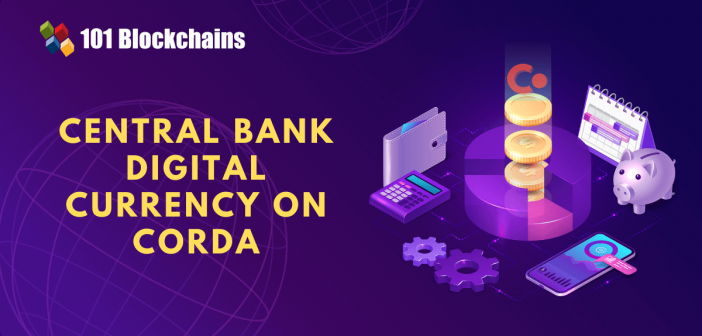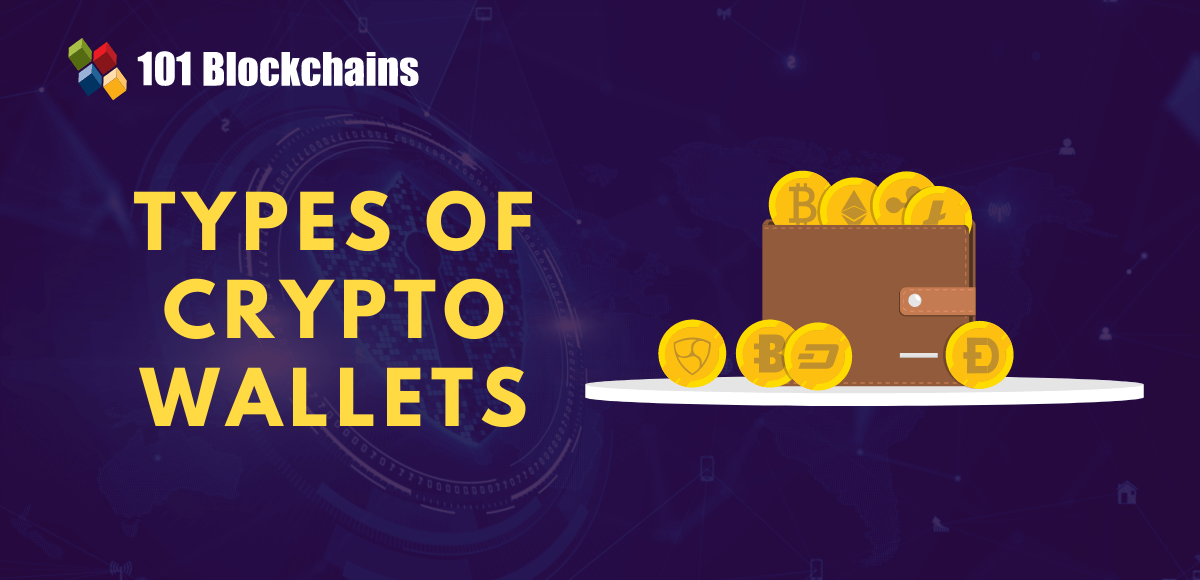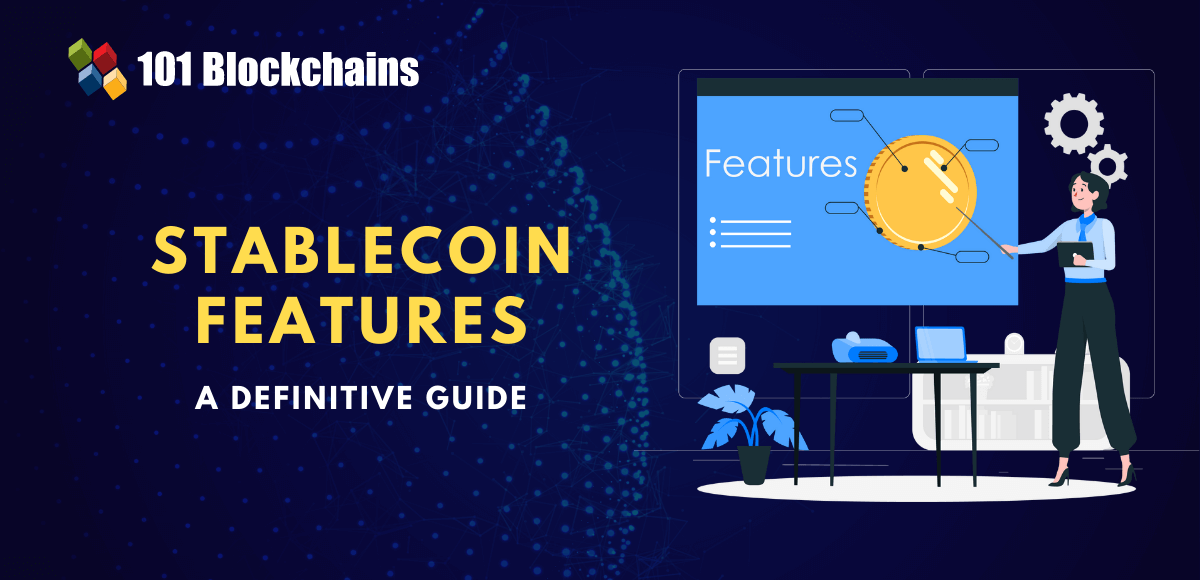Learn how blockchain truly works, master key definitions, and uncover what makes smart contracts so "smart." Dive into the fundamentals, gain valuable insights, and start your blockchain journey today!

Analyst Corner
101 Blockchains
on July 21, 2021
Central Bank Digital Currency on Corda – An Ultimate Guide
Central bank digital currencies (CBDC) is a tangible use case for distributed ledgers, already being implemented and explored by many of the largest nations. COVID-19 has accelerated the shift to a digital first mindset. Our increased time at home and online has brought into focus the efficiency potential and opportunities presented by digital and programmable money, as cash use has continued to decline.
Distributed ledger technology is one of the key technologies being evaluated by global central banks to pave the way for the next phase of the digital economy and to accommodate the needs of the modern financial world.
CBDCs present a way for banks and traditional financial services providers to achieve true digitalization. The rise in fintech and open banking has driven greater collaboration and competition across financial services. CBDCs extend the safest form of money available to banks, businesses and the public – central bank money – via new digital rails to further increase the potential for innovation.
As per a report by Coindesk, as many as 80% of central banks are considering a central bank digital currency while 40% are already in a proof-of-concept stage including China, Japan, Australia, and Singapore.
Enroll Now: Beginner’s Guide to Corda Development Course
What are CBDCs?
A CBDC is a digital payment instrument and store of value issued by, and as a liability of, a central bank or monetary authority. The main difference between a CBDC and other digital currencies is that it is denominated in the national unit of account of the central bank’s country or currency zone. CBDC, issued on distributed ledger and digital asset management infrastructure like Corda allows the digital financial system to stay in sync, with the appropriate identity, transaction privacy, resilience and governance controls required.
In other words, contrary to the existing process of printing money, CBDCs are a way of issuing digital tokens that represent fiat currency and provide a payment instrument for retail and wholesale banking. Just like money, CBDCs would be supplied, regulated and controlled by the central bank, making them very different from other cryptocurrencies, or even stablecoins.
Must Read: Advantages Of Central Bank Digital Currencies (CBDCs)
CBDCs and R3’s Corda
The Corda blockchain platform is one of the few being used extensively by global central banks, financial market infrastructure providers, and commercial banks for the exploration and implementation of CBDC projects.
Corda and R3’s ecosystem of global banks provide a ready-made network to integrate programmable money that can interoperate with currencies across different central banks’ networks. This allows central banks to tap into the global market and provide new services to both financial institutions and/or the general public. Compared to other blockchain networks, Corda enables much faster transaction processing, provides regulators the ability to trace transactions, and also preserves privacy by facilitating transactions in a point to point manner.
To know more about Central Bank Digital Currency on Corda, check out the detailed graphic here-

Please include attribution to staging2.staging2.101blockchains.com with this graphic. <a href='https://staging2.staging2.101blockchains.com/wp-content/uploads/2021/07/Central-Bank-Digital-Currencies-on-Corda-v3.png' border='0' /> </a>
Learn the concepts of Corda blockchain with the Corda flashcards!
Mentioned below are some other factors why Corda’s core design is suitable for building CBDCs and regulated financial markets:
1. Data privacy
Being a permissioned blockchain with a peer-to-peer architecture, Corda ensures transactional data is only shared among concerned parties on a need-to-know basis – rather than distributing it over the whole network. Therefore, it allows control over data privacy while maintaining the necessary transparency and trust between counterparties.
2. Strong identity model
Corda’s identity model ensures that participants are represented as legal entities and managed consistently. Therefore, the intrinsic characteristics of Corda make it a perfect fit for CBDC implementations as a robust approach to identity brings trust and security to the network.
3. Scalability
The peer-to-peer architecture, scalable consensus model, workflows that can run in parallel, and other enterprise grade optimizations ensure that Corda can achieve unparalleled scalability. For example transaction validation is completed by notaries, and multiple notaries can be added to a network to increase throughput and reduce latency.
In addition to its core features, R3 has invested development work in the CBDC space,
launching its Digital Currency Sandbox following a year-long working group with over 140 central banks, FMIs, commercial banks, and service providers. The working group output provided reference models for retail and wholesale CBDCs, and a CBDC taxonomy to drive standardization in the way the ecosystem talks about CBDC. These learnings are now translated into the sandbox which enables central banks, commercial banks, exchanges, payment providers, and more to dive deep into the technology supporting a CBDC and develop strategies and applications for engaging alongside an emerging ‘ready-made payments ecosystem’.
Along with the rest of the sandbox ecosystem, users can simulate the issuance of a digital currency with demos and documentation. Participants will also learn how each transaction works on Corda, the only Distributed Ledger Technology (DLT) platform built specifically for highly regulated industries.
Preparing for Corda interview? Here we bring the expert guide that will cover the top corda blockchain interview questions for your preparation!
Types of CBDCs

1. Retail CBDC
Retail CBDCs, or general purpose CBDC issued to the general public represent the harder of the primary use cases for CBDC with many open conceptual questions about their potential design and implementation. While no production use cases yet exist, central banks are committing increasing resources to these projects. Central banks’ motivations include promoting financial inclusion, facilitating monetary policy, enabling participation in a tokenized financial ecosystem, fostering competition, providing a cash alternative, or generally modernizing payments.
A prominent example of Retail CBDC on Corda is the project by Riksbank. Riksbank identified the opportunity to provide the ‘e-Krona’ and started exploring the possibility of issuing a CBDC, using blockchain technology. On April 15, 2021, the Swedish bank governor revealed the target of having an operational digital currency in five years.
The project has already run in a testing environment where users were allowed to hold e-kronor for performing financial activities such as deposits, withdrawals, and making payments through a mobile app. Other possibilities are the use of smartwatches and other smart wearables for making payments using e-kronor.
2. Wholesale CDBCs
Wholesale CBDCs are primarily used to establish a seamless digital payment ecosystem between banks. Using wholesale CBDCs, banks can protect themselves from the build-up of credit risk through a real-time settlement process controlled by code. The transfers happening between banks in this scenario are “atomic” with the transfer of value represented by the exchange of tokenized CBDCs between parties made directly and without intermediaries.
Enroll Now: Central Bank Digital Currency (CBDC) Masterclass
As a result, there are a number of wholesale CBDC projects that have explored R3’s distributed ledger technology. A few of them are mentioned below:
- Project Jasper
The Bank of Canada started exploring the possibility of a Central bank Digital Currency which led to the initiation of project Jasper on R3’s Corda DLT platform. The project was released in three phases to understand its usefulness in the interbank settlement process and was marked as one of the most successful initiatives by the Bank of Canada.
From March of 2016 to June of 2016, the first phase of project Jasper was carried out. Phase 1 was focused on the storing and transferring of central bank-issued digital receipts on a distributed ledger providing security and auditability.
Phase 2 started in May of 2017 where the project was built on R3’s Corda introducing a liquidity savings mechanism for frictionless settlement between the banks.
Finally, phase 3 was initiated in October of 2017 after recognizing the powers of a DLT-based CBDC system along with the liquidity savings mechanism as well as atomic “Delivery vs Payment” transactions. This phase marked the development of a proof of concept for the project.
- Project Ubin
The Monetary Authority of Singapore (MAS) was not far behind in exploring the powers of distributed ledger for their financial ecosystem. The MAS initiated project Ubin in two phases.
Phase 1 was started in November 2016 which was successful in creating an efficient digital payment structure for interbank settlement using the digital representation of the Singapore dollar.
Phase 2 of Ubin started in June 2017 to explore different DLT platforms including R3’s Corda for the primary purpose of implementing a decentralized real-time gross settlement (RTGS) system along with Liquidity savings mechanisms.
- Project Inthanon-Lionrock
Started in March of 2017, LionRock on Corda explored the possibility of building an interbank settlement system including securities issuance, lifecycle, and delivery-vs-payment.
The project is a joint initiative by the Hong Kong Monetary Authority (HKMA) and the Bank of Thailand (BOT) to explore the possibility of CBDCs.
More recently, notable projects using Corda and partnering with R3 also include Project Helvetia run by the BIS Innovation Hub, SIX Group AG, and the Swiss National Bank and Project Jura.
Also Check: Top 10 Corda Use Cases You Should Know About
Benefits of CBDCs
In general, CBDCs have the following benefits:
- Transactions can be peer to peer, allowing for individual participants to custody their own money or assets, or hold accounts direct with central banks
- The underlying technology of blockchain ensures global integrity of the system in which CBDC exists
- Overall system risk has the potential to be greatly reduced with CBDCs
- Increased availability and accessibility due to the possibility of using mobile devices for digital transfer of value
- Cross-border payments using CBDCs can be completed in seconds and at a very low transaction fee as compared to the existing system
- They allow more control over money supply and new tools for the implementation of monetary policy
- Efficient tax control and tracking of payments is another benefit.
Specific to R3’s Corda, building CBDCs have numerous benefits aligned with the Corda features as listed below:
- Corda facilitates unparalleled data privacy which becomes a crucial factor for digital settlements
- Strong identity management on Corda allows a streamlined payment ecosystem in the digital space
- The scalability offered by Corda is a perfect fit for CBDC applications.
- Transactions and settlements are deterministic and validated by notaries rather than using a probabilistic approach.
Want to know more about Corda? Enroll now in Beginner’s Guide to Corda Development Course and learn the basic and advanced concepts of Corda.




